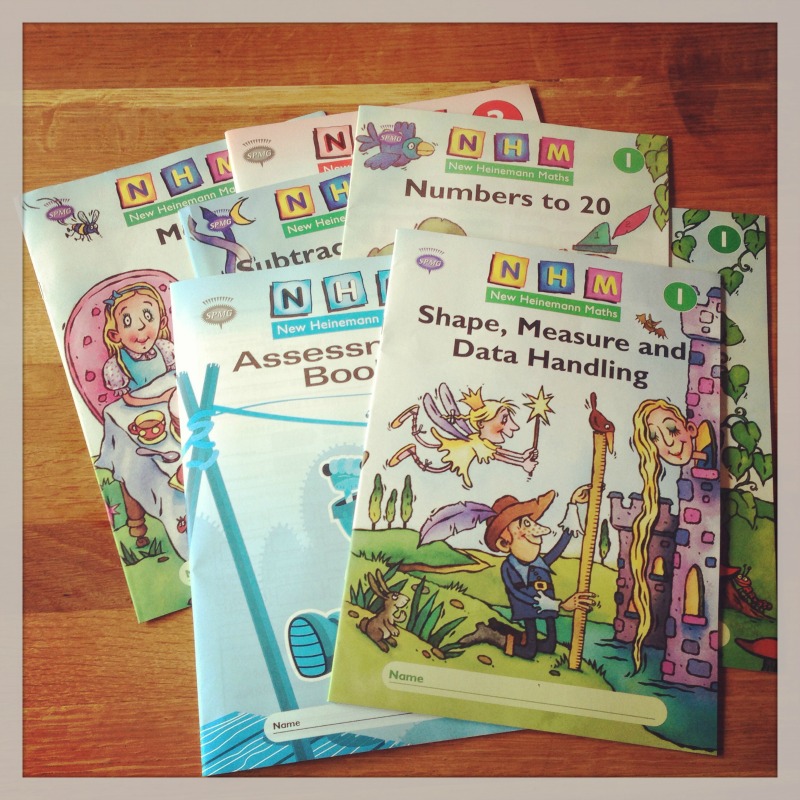For this month’s education carnival, Jax has asked for posts about favourite educational resources. That is such a huge topic that it’s hard to narrow it down. There are so many resources that I love and use regularly. Online, there is Twinkl for printable activities, Reading Eggs and other interactive learning programmes, and some great free sites such as Maths is Fun, BBC Bitesize and NASA kids to name but a random few. Then there are books – fiction and non-fiction. We have thousands of them, and I wouldn’t know where to start in picking our favourites. Even if I could, that would definitely be a blog post of its own – or several. We also have some good text books (Galore Park) that we use as a focal point for certain subjects, and a variety of workbooks which can be useful, though I wouldn’t recommend getting too hung up on them. There is also a whole world of resources outside the home – museums, parks, National Trust properties, castles, beaches, woods, farms, libraries, sports clubs, home education groups and in our local area an ecology centre and lavender fields.
So I thought about all that for a while, then I started thinking about the subject-specific learning resources we have at home. Our house is overflowing with art and craft materials and kits. We have Mr Maker-style doodle drawers for paint, brushes, pots, collage materials, recyclable materials for models and so on. Then we have several large boxes of Hama beads (Maxi and Midi) – we get ours from Craft Merrily. We have Science kits, magnifying glasses, a microscope, bulbs, wires and buzzers, torches and magnets. Then there are magnetic letters, letter tiles, flash cards, and games like Banangrams and Scrabble. Maths is the subject for which we probably have the most specific resources. We have magnetic numbers, number tiles, number templates, Maths card games and board games, Multilink cubes, base 10 materials, Cuisenaire rods, number fans, fraction magnets, counters, dominoes and dice. It was really hard to choose what to write about, so I used the random selection method of picking the most recent photographs of educational resources in use – and here they are.

This is a Lego Education set (which we found on eBay) of number tiles, operation tiles and blank tiles and two white base boards. They are also compatible with our two large Duplo base boards as well, which is very useful with four children. We have used coloured stickers on the blank tiles so they can be used for matching and sorting activities.
Last week we got the set out for the first time in a while, and I gave it to the children without any instructions just to see what they would come up with. I really enjoyed seeing the variety of ideas they had. Owl and Monkey made lots of sums, using the four operations and the less than and more than symbols, then combined some of them to make a number crossword. Owl then ordered the tiles from 0-9, started at 0 again and repeated the sequence over several times, and then observed the patterns of numbers reading down the columns. Meanwhile Rabbit made a few sums but spent most of her time using the tiles with the coloured stickers on. She sorted them by colour and then by number, and then matched the number tiles 1-6 to the corresponding sets. She also used them to make pictures (a robot made out of a box, and an aeroplane!)
All of that was without any input from me, apart from explaining the less than and more than symbols to Monkey. The next time we use them, I might add in a few suggestions of my own but I wanted to see what they came up with first. These are some of my ideas:
- Print off some Number Digit Cards from twinkl and use them as target numbers for the children to make sums using the letter tiles.
- Use Duplo bricks and build towers, then place the number tile on top, or next to it, corresponding to how many bricks have been used.
- Also with Duplo bricks, make towers of two colours (e.g. three red and seven green) and then use the tiles to write the sum (3+7=10) to practise number bonds.
- Give the children a selection of number tiles to order, then follow up with a Number Ordering activity from twinkl.
- Sort small objects (Hama beads, Lego bricks, Multilink Cubes, counters) into sets to match each number.
- Use the tiles (and possibly bricks as well) to make bar charts.
- Leave the boards lying around with some sums on and see who chooses to answer them!
Any more ideas welcome 🙂












